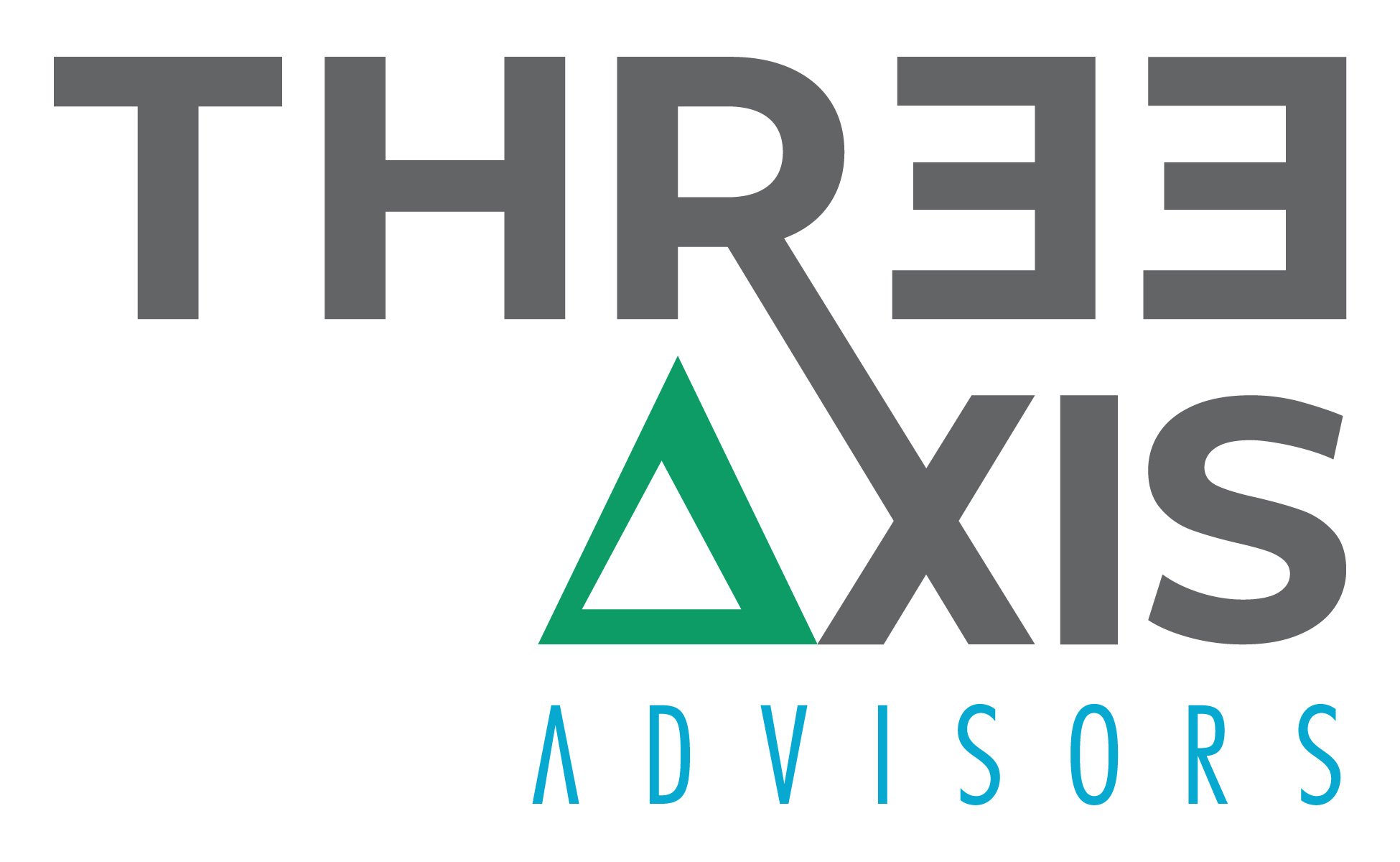Many studies have examined the pricing differences in prescription drugs between the United States and other countries around the globe. Those studies have consistently found that the U.S. is paying more for prescription medications than our global peers.
For years, policy proposals at both the federal and state levels have sought to address the affordability of prescription medications in the U.S. by accessing international prices.
At times, these proposals have been to benchmark U.S. drug prices to international prices. Other proposals have sought to directly source the medications internationally at their lower cost rather than through using the existing U.S. distribution system. Overwhelmingly, studies of international prices have resulted in aggregate figures of savings but have been sparse on which drug prices are actually producing the savings.
In this report, we undertook a study of international drug prices that sought to not only confirm that international prices remain cheaper than the prices incurred by prescription drug programs in the United States (like Medicare), but to provide transparency around price differentials on a product-to-product basis.
Read More





